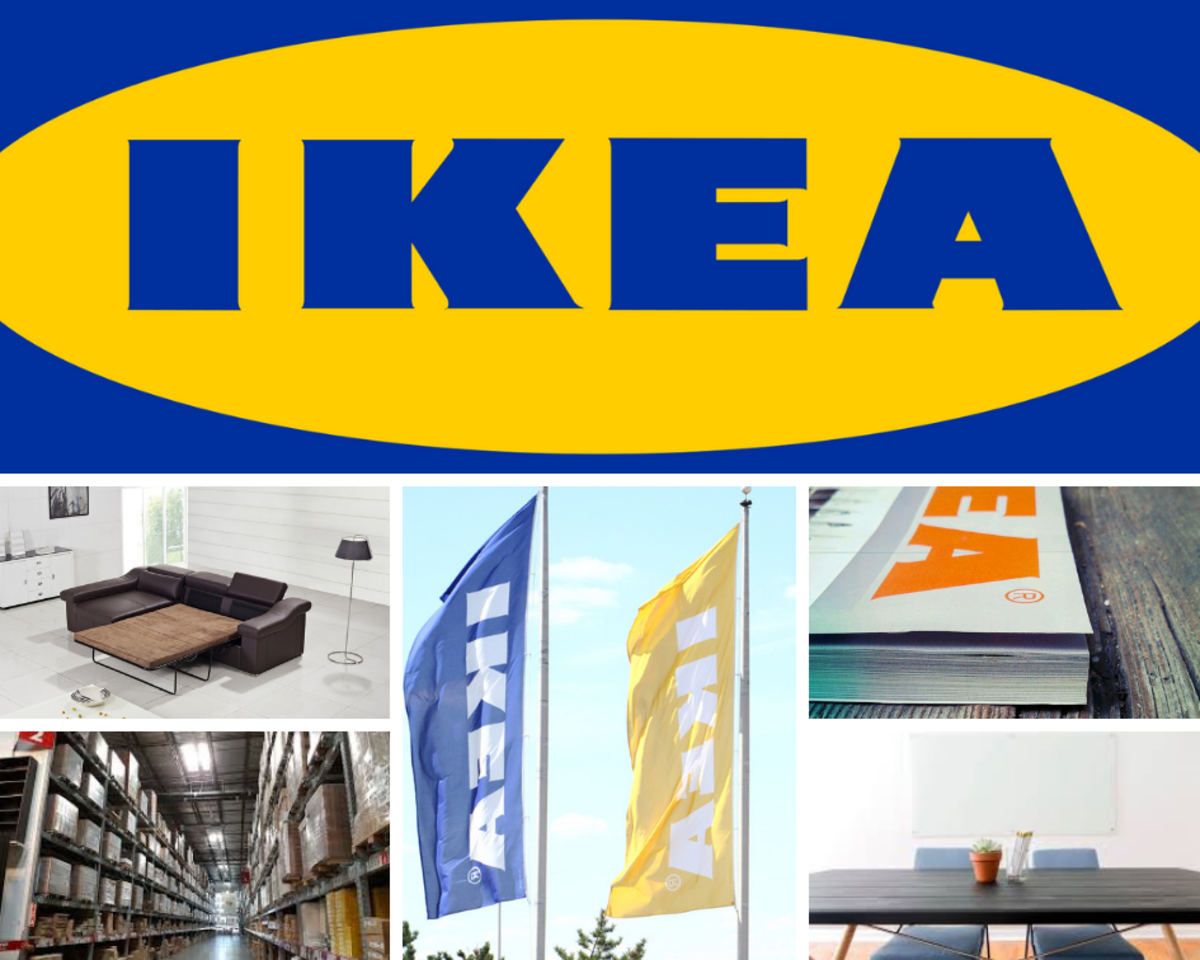Brand Philosophy
The Philosophy of changing minds - Branding
Branding is the process of creating positive brand image into the minds of customers. It is not only involved in designing brand elements; logo, slogan, symbol, character, mascot, jingle or name but to create positive associations in customers' minds through proper brand positioning in a unique and different way.
Companies must need to work on branding strategies despite the fact of their size and market growth. Brand marketing in as important for small or start-up companies as for multinational organizations. However at start up, companies need to focus more on customer research and brand advertising in order to get brand exposure in the market.
Brand Elements
Brand elements are refer to name, logo, character, symbol, slogan, jingle, mascot or any combination of them. Brand elements are the way of differentiating brands to competitors in the market and creating a unique identity for the brands.
Brand name gives identity to the product/service like; Microsoft, Nestle, McDonald, Ford, GE, Honda, American Express. Logo, character or symbol gives authority to brand and protects its identity for being stole. E.g. 'M' of McDonald, 'Nest' of Nestle and etc. Slogan or tag line is a mini statement that further elaborate about the brand. It represents business category, core benefit and target customers. Musical tag lines are refer to jingles.
Brand Mantra
Bran Mantra is the clear, logical and unique statement of two to three words that best convey the corporate massage. Brand mantra is directly linked with the strategic objective of the company which is building long-term customer relationship, customer retention and customer loyalty. Good example of brand mantra are; Nestle - Good food good life, Nike - Authentic athletic performance and Disney - Fun family entertainment.
Steps in Branding
- Start with giving a brand name and attach related elements; logo, character or tag line. Brand naming is a comprehensive process and need intensive search. A bran name must be simple, easy to pronounce, related to business and attractive.
- Brand Awareness: It involves two step; brand recognition and brand recall. Companies need to put all the marketing efforts to better recognize and recall their brand into customers' mind. Marketers need to develop IMC (Integrated marketing communication) plan that best meets their customer needs. IMC plan consists all the advertising, sales promotions, personal selling and public relations' strategies that are implemented to get brand exposure in the market.
- Brand Image: Here comes the brand positioning. Marketers need to create USP - Unique selling propositions. While positioning your brand, must keep in mind that customers want multiple benefits along with unique features. So try to create point of differences (POD) in a unique way. A good strategy is defined as 'your points of parity (POP) should be (POD) of your competitors'.
- CBBE - Customer Based Brand Equity Pyramid: It is a pyramid that help you while developing brand strategies. It covers all the above processes. It has two paths. One is cognitive base (Logical) approach and other is affective base approach. Cognitive based approach uses rational decision making while affective based is attached to feelings and emotions. After choosing the path and developing distinctive brand image, companies move towards building customer loyalty. There comes customer relationship management strategies.
- Brand extensions: this leads towards building portfolio. A successful brand then extends into other product categories or new variants and SKUs - stock keeping units. First strategy is know as category extension and other is know as line extension.
- Brand tracking and measure: It is the most crucial step in branding. In order to know customers' associations towards brand and brand equity, companies must track their brands continually. there should be a complete brand equity management system implemented by companies.
Brand measuring tools
There are many tools available to measure brand equity and overall brand's strength. Some are quantitative measuring techniques and others are qualitative.
Brand audit is the well know brand measuring tool. In this process all the companies marketing activities related o a particular brand are analyzed. Then define core benefits and after that create a mental map for customers' positive associations. It also involves consumer survey. questionnaires are developed and filled by customers in order to know their perspectives towards brand in terms of quality, price, availability, service and other benefits.
Other some techniques are ZMET - a story is created through pictures for brand analysis and Brand Value Chain.









